 Technology
Technology  Technology
Technology  Our World
Our World 10 Ways Icelandic Culture Makes Other Countries Look Boring
 Misconceptions
Misconceptions 10 Common Misconceptions About the Victorian Era
 Mysteries
Mysteries 10 Strange Unexplained Mysteries of 2025
 Miscellaneous
Miscellaneous 10 of History’s Most Bell-Ringing Finishing Moves
 History
History 10 Great Escapes That Ended Right Back in Captivity
 Weird Stuff
Weird Stuff 10 Fascinating Things You Might Not Know About Spiders
 Food
Food 10 Everyday Foods You Didn’t Know Were Invented by the U.S. Military
 History
History 10 Odd Things Colonial Americans Kept at Home
 Weird Stuff
Weird Stuff 10 Superstitious Beliefs That Once Consumed Entire Cultures
 Technology
Technology 10 Scientific Breakthroughs of 2025 That’ll Change Everything
 Our World
Our World 10 Ways Icelandic Culture Makes Other Countries Look Boring
 Misconceptions
Misconceptions 10 Common Misconceptions About the Victorian Era
Who's Behind Listverse?

Jamie Frater
Head Editor
Jamie founded Listverse due to an insatiable desire to share fascinating, obscure, and bizarre facts. He has been a guest speaker on numerous national radio and television stations and is a five time published author.
More About Us Mysteries
Mysteries 10 Strange Unexplained Mysteries of 2025
 Miscellaneous
Miscellaneous 10 of History’s Most Bell-Ringing Finishing Moves
 History
History 10 Great Escapes That Ended Right Back in Captivity
 Weird Stuff
Weird Stuff 10 Fascinating Things You Might Not Know About Spiders
 Food
Food 10 Everyday Foods You Didn’t Know Were Invented by the U.S. Military
 History
History 10 Odd Things Colonial Americans Kept at Home
 Weird Stuff
Weird Stuff 10 Superstitious Beliefs That Once Consumed Entire Cultures
10 Modern-Day Forms of Child Labor
Do you remember when you wanted that first record album or that awesome dirt bike? Wanting that really cool (really expensive) toy gun was what got me to selling my labor. I worked my under aged butt off for the longest, most excruciating, back busting, exploitative two hours. Well maybe that wasn’t really considered to be child labor. Child labor is characterized by those actions that interrupt the right to an education and is physically, mentally and developmentally harmful to a person under eighteen years of age.
The year is 2013 and poverty is so rife that child labor is still part of an unfortunate reality around the world. I have prepared a list of modern day labor done by children around the world and some of the issues that are cause serious harm to them. Nevertheless I want to point out that many legal modern day child hiring industries can potentially harm a child as well as rid them from their childhood. This is the reason why number ten is as follows:

It may be true that every mother wishes that their child to be a champion—master and connoisseur of everything out there. Who doesn’t want to father the next Justin Bieber? Admit it! Secretly most of us would. According to Wanda Behrens-Horrell, a child development psychologist, the impact on a child from being a child performer can vary according to many factors. Her findings state that the over pampering that a child might receive as a result of being in the limelight can deprive them of independence in the future. These children are often faced with making adult decisions at an early age—confronting a world of drugs and sex sooner than most. Some child performers have gone on to have a life of fame and success, while others have suffered dire consequences. Many propose new legislation regarding child acting in the United States, for example, since the current regulations date back to the 1960s, a few years before video killed the radio star.

Let’s face it, you’re sixteen, you want a life, you want independence, you want a job and luckily the law states in many countries that it is permissible. A fast food restaurant would happily hire you and apparently so will Chuck-e-Cheese’s. Chuck-e-Cheese’s is so eager for you to start learning that they will have you work the trash compactor and the mixing machine even though legal operation of both by a minor are federal offenses. How is that for feeling grown up? What are other cool ways to prove you are all grown up? Brag to your friends about early morning or late night work shifts (that will interfere with your education), about carrying heavy loads that will strain your back and operating machinery without proper training or whine about getting harassed by older men when (illicitly) serving them alcohol. I know! I know! It doesn’t really matter if it interferes with school; your dream career was being dishwasher at the local deli from the get go, right?
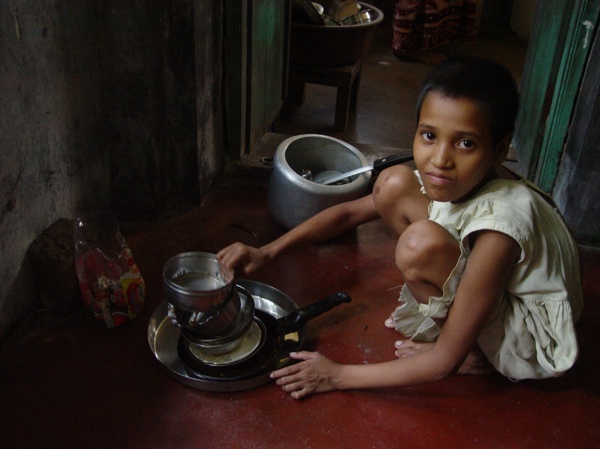
Imagine spending seven hours a day, seven days a week, twelve hours a day engaging in domestic labor. Now calculate this: you earn $11 a month salary for that amount of work. Seems adequate? That is the amount reported as child domestic work wages in Morocco as recent as November of last year. Aside from being denied education, a report by Human Rights Watch found that these children (mostly girls) are frequently verbally and physically abused on the job. It is also stated that some of the girls have declared that they don’t mind working but that they are tired of being beaten, over worked and forced to starve. It is important to state that activism has diminished child labor in Morocco and new regulations as well as policies and educational campaigns are being set in motion as we speak. In the meantime there is no more complaining about cleaning the bathroom for me!
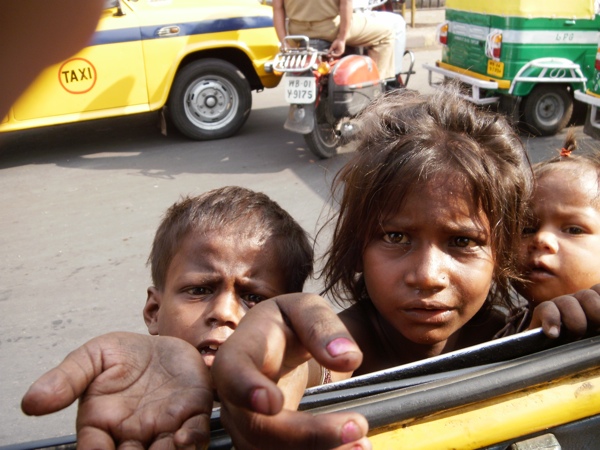
If you’re clueless, like me, your vacation travel plans might not include thinking about where in the world my carbon footprint will do less harm, or what recycling policies are in effect were I plan to visit. Child labor in the tourism industry pretty much guarantees that your holiday will be perfect: from manufacturing pretty little knickknacks to gift coworkers to cleaning your room while you’re out sun bathing in the pool, they have it covered. While these room service workers might be invisible to the tourist experience, there are those intrepid kids who gather around hotels waiting for you to take their picture and give them change. Music performers, transportation providers, sport equipment haulers, tour guides, and translating for your benefit, exotic foreign children make tourism interesting. It is when we look deep into the problem’s face and see it’s small watery hungry eyes suddenly the trip is quite not the holiday.
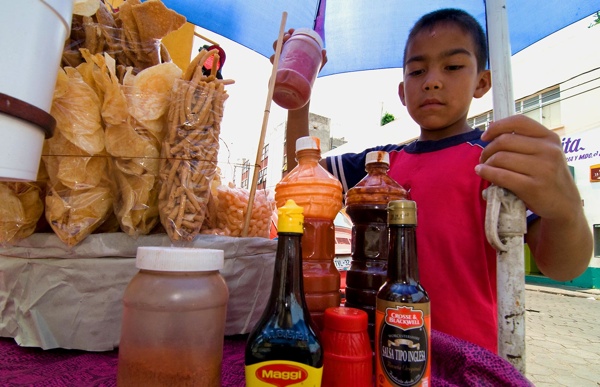
While many children work to support their families, many are alone or in company of other children in self-sustaining street environments. These children can and will vary the tasks and troubles to find everyday necessities. Just by living in the streets of a large city brings these children so many dangers and obstacles that range from being battered and abused to getting killed. The highly debated and difficult to calculate population of 100 million children are estimated to be living in the streets of the world. To survive in the mean streets many youngsters have turned to finding and selling scrap metal, used clothing or fruit, car washing, parking cars and escorting elderly or blind adults. Under these circumstances schooling becomes almost impossible (though with many emerging programs there are opportunities for some). Growing up too fast, street kids have something in common with child stars: they both have access to sex and drugs earlier than most. The one difference between the two is that street kids have the higher risk of sexually transmitted disease contagion.
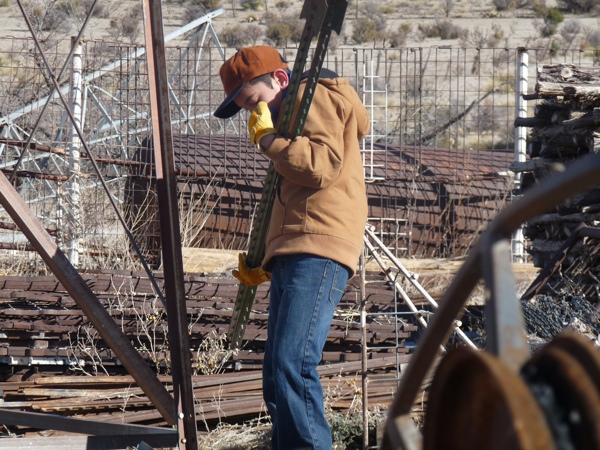
Last year there was a heated debate regarding safety issues of children working on farms in the US and many conservative groups argued against proposed policy changes. Their argument being that government was meddling too far into household politics and personal parenting decisions. Much of the debates were centered around smaller family farms (where labor supposedly is safer for children) rather than the actual target of the proposed (and then disregarded) regulations: immigrant children working in “big agriculture”. According to Human Rights Watch, agriculture is the most dangerous job in the US for children between twelve and sixteen years of age. Pesticides, operation of heavy machinery and sharp cutting instruments pose mayor treats to the minors. Poisoning, back pain, dehydration, tuberculosis and green tobacco sickness are only issues on the sidelines for those hundreds of thousands of children who miss school during harvest periods.
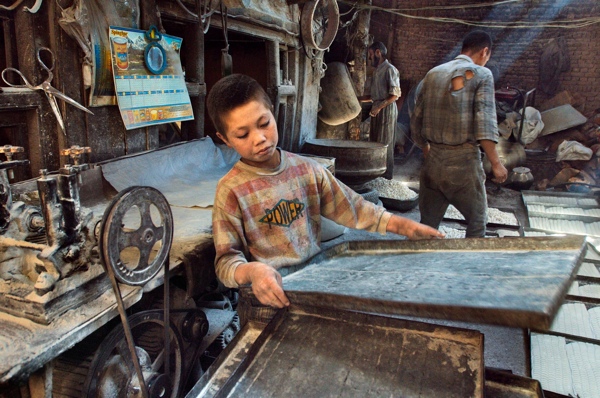
Picture kids and a soccer ball. Now describe what you imagined. Most likely you viewed children playing with the ball, not making the ball somewhere in Pakistan. Children in manufacture apparently go together like kids and soccer because the list of products made with child labor is long . . . and expanding. Footwear, glass, rubber, brick, fireworks, nails, carpets, cement and artificial flowers have two things in common: we all have at least one of these items at home, and it probably was made by a person whose age yours can triple. Again, no schooling, terrible pay, long working hours and in this case we can expect the adult to grow up exposed to various fumes and radiation, endure psychological abuse and possibly develop either a joint deformity, asthma or lung cancer.

Many children across the world engage in mine labor. Many diamond wearers, or people with gold watches probably ignore the fact that they are using the products of child labor. If you have already seen the movie Blood Diamond and thought it was terrible and sad, play it in your mind with child laborers. To top it in ranking try adding a little cave-in action, or a river flood that hauls everyone away. These risks are only a few of the realities that mine adult and child laborers face. The long term challenge for these poor souls is not necessarily keeping all limbs, but fear of death by inhalation of poisons, death by being trapped beneath the earth or starvation as the alternative to working.
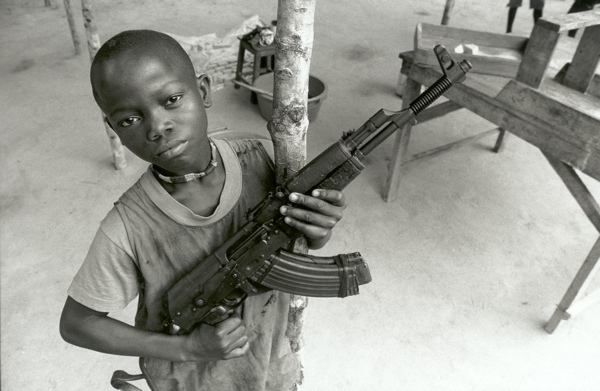
Seventeen different countries have children involved in armed conflict. Fighting, spying, mine sweeping, cooking, and servitude are only a few of the tasks that children perform during violent conflicts. In some cases schools are used as military grounds for confrontation or negotiation. Congo, Colombia, and Sri Lanka are just a few of the countries with reported violations of the international laws that regulate this issue. In the United Kingdom voluntary recruitment is legal for sixteen year olds, who will supposedly only be put into actual combat if there is a genuine need for it. Many of these child soldiers are not volunteers, but have been taken from their families or used after becoming orphans resulting from conflict. Among the possible damages (not to mention the obvious threat of death) these minors will probably suffer from psychological trauma, fear, isolation, physical harm and once again lack of education. There are many programs currently working globally with this issue trying to provide youth with alternative jobs.
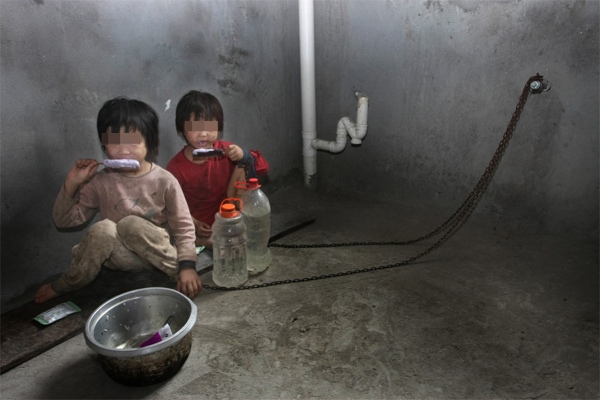
Child trafficking composes a serious world problem that is becoming more visible every day. One of the purposes of abductions is sex-related. The sex trade is shockingly common around the world. In this industry the child is a victim of mind and physical control from which they cannot escape. Two million children are said to be sexually exploited every year. With the development of Internet child trafficking and pornography this has increased. The website Craigslist, for example, was recently under scrutiny for facilitating communication between predators and dealers. The web site quickly shut off their adult section but new sites constantly appear and disappear with the illegal offering of under-aged services around the web.








